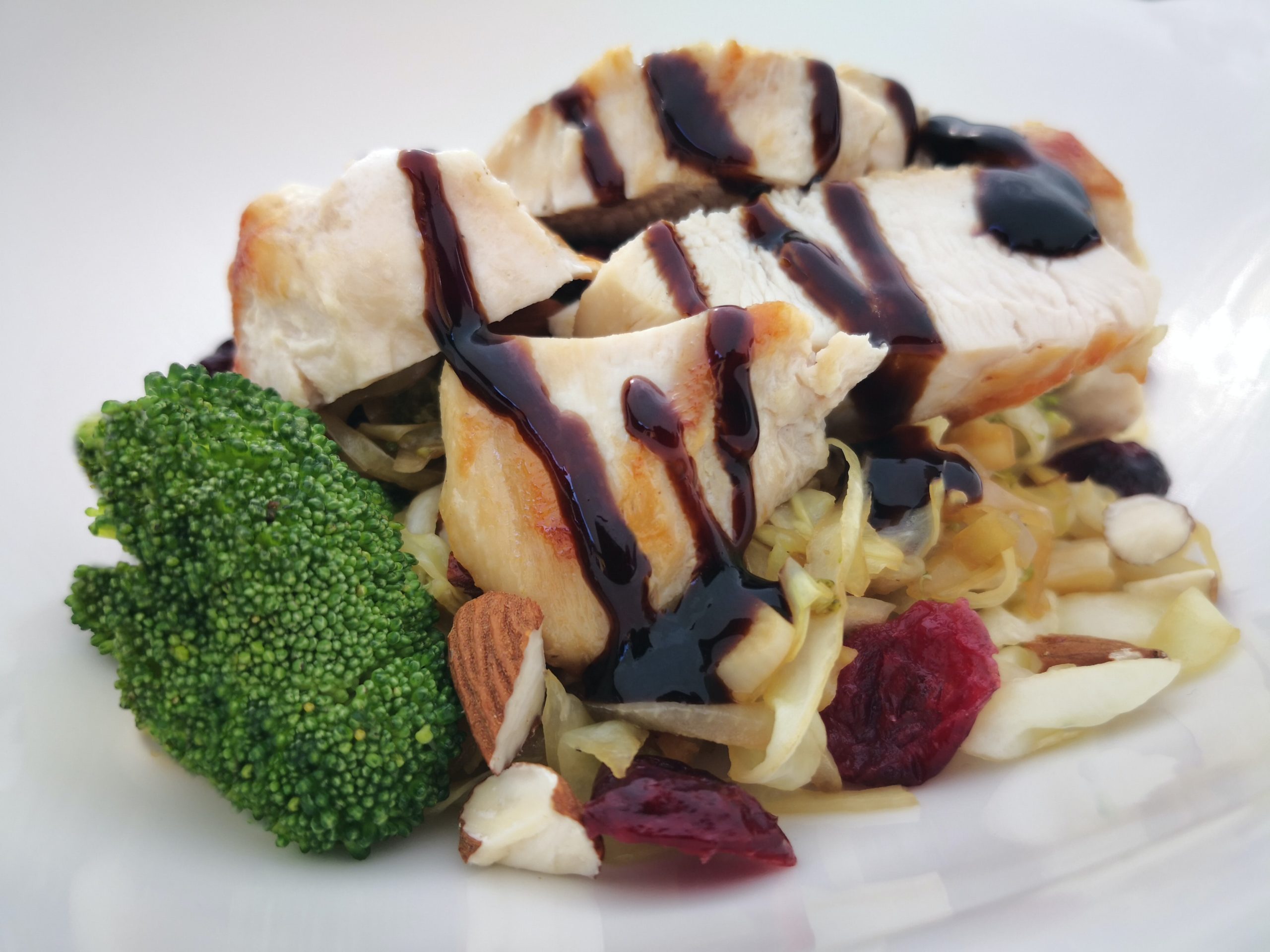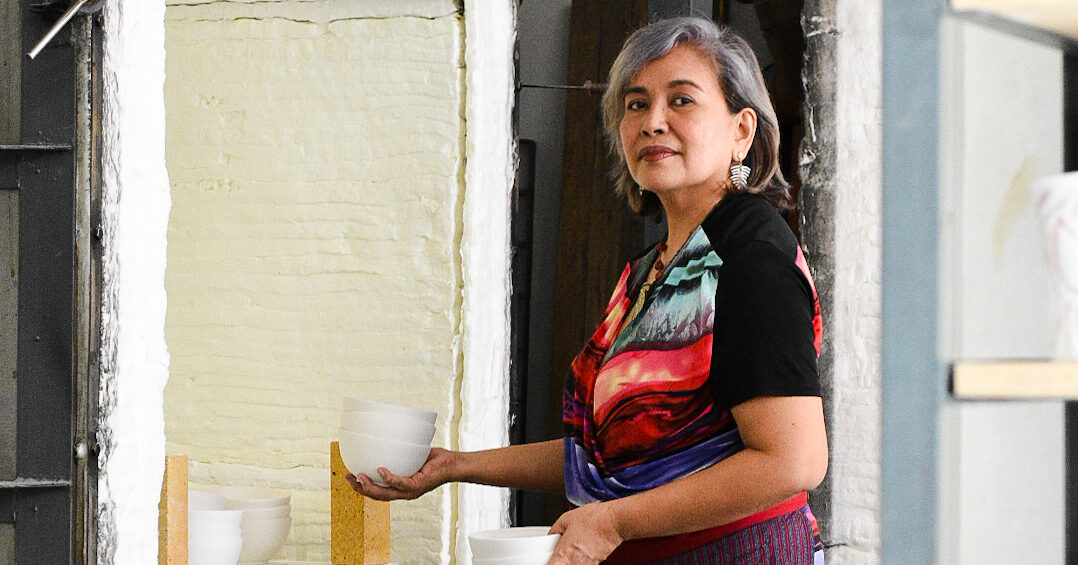Due to the overwhelming availability of information found in articles and social media about diets, people often find themselves struggling with where to start. Do you need to let go of rice and bread to lose weight and achieve a toned physique? Do you need to eliminate all types of sugar, including fruits from your diet to stay healthy?
I could never give up carbs if only for the fact that it is an imperative factor in my diet for me to have enough energy for my daily responsibilities. I have always opted for a diet that allows me to continue to eat food that I enjoy such as shrimp pasta, an occasional Filipino dish, and sweet treats on special occasions or intense cravings. I just need to apply proven healthy eating strategies so I can enjoy carbs on a daily basis without the guilt.
Yes, there are healthy ways of eating carbs while enjoying the overall experience and achieving one’s health, fitness, and weight goals.
Choose unprocessed, unrefined complex carbs – then practice portion control
Make physical activity a part of your lifestyle. Carbs give you energy so you can stay healthy, improve your sports performance and burn calories needed to maintain or lose your weight (the amount of exercise that you need to exert daily depends on your goals). You cannot exercise effectively if there’s an imbalance in your diet (between carbs, protein, and fat).
Avoid refined or processed carbs (fiber and nutrients have been removed) such as white rice, white flour, pasta, and bread that contain less fiber and are usually high in glycemic index, causing your blood sugar to rise easily. This makes you hungry faster and causes you to crave more food. Choosing unprocessed, unrefined starch carbs (leaving the bran, which is the outer covering, and germ, which is the nutrient-dense part of whole grain are still intact) such as brown rice, whole grain bread, and whole wheat pasta can delay your hunger because of the fiber content and important nutrients – a very important thing to consider in effective weight control.
Choose to eat complex carbs such as unprocessed grains, fruits, vegetables, beans, nuts, and seeds. Eat more vegetables and apply portion control for starchy carbs such as potatoes, rice, and bread that are usually higher in calories so you can effectively manage your weight.
Avoid excessive consumption of snacks and desserts containing added sugars
If you are trying to lose weight, you need to lessen the total amount of calories by initially finding ways to cut back on high-calorie, saturated fats, highly processed, and sugary foods. You don’t need to avoid healthy carbs such as grains and vegetables because it’s the excess carbs (usually calories from added sugars) that can lead to weight gain. As long as you are consuming healthy carbs within the recommended range, which is usually an average of 50 to 60 percent (according to recommended healthy guidelines) of your total food intake, then you can still achieve your weight and health goals.
If you are confused about whether to go on a low-carb or high-fat diet, you need to consider the effect of a particular eating plan on your health and if you can sustain an eating lifestyle long-term while maintaining your weight. In fact, results from a 2018 12-month weight loss study shows that there’s no significant difference in the weight change between a healthy low-fat versus a healthy low-carb diet.
What are the types of carbs that you need to lessen and what do you need to include in your regular diet?
As I already mentioned in my previous article, excessive consumption of sugar from sweets and drinks can increase your belly fat, weight, and health problems. So try to avoid or limit the following high-sugar foods as early as now.
- Sugary drinks such as iced tea, milk tea, soft drinks, energy drinks, and fruit drinks
- Cakes, pastries, donuts
- Ice cream
- Candies
- Honey
- A chocolate bar and chocolate milk
- Instant oatmeal, breakfast cereals, and flavored yogurt
- Cereal or energy bars
- Condiments (ketchup, barbecue sauce)
- Food sauces
- Sweets chips
- Packaged or ready-to-eat foods
- Alcohol
To avoid deprivation and intense cravings, you can have some of these foods occasionally, but always remember to eat healthy 80 to 90 percent of the time.
For sweet cravings, eat unprocessed foods full of vitamins and minerals containing natural sugars such as fruits (fructose) and milk (lactose).
Eat the healthiest carbs by considering the dietary fiber content of food
Eat foods high in fiber (soluble and insoluble) content to improve your digestive and cardiovascular health, plus achieve the feeling of fullness and satisfaction, needed to combat hunger all throughout the day.
The Food and Nutrition Research Institute’s (FNRI) recommended daily fiber intake for Filipino adults is between 20 to 25 grams. The United States Department of Agriculture’s (USDA) recommendation for adults up to age 50 is up to 25 grams for women and 38 grams for men (women and men older than 50 should aim to get 21 and 30 grams of fiber).
One of the best things to consider when choosing carbs is the fiber content. Prioritizing your fiber intake can help you choose the healthiest complex carbs and avoid refined carbs lacking in fiber such as pastries, pizza, white bread, and white rice.
How can you really quantify or estimate the fiber intake in your daily diet from various healthy carb sources to make sure that you get all the benefits needed for your health and weight management?
GRAINS: Choose to eat brown rice or quinoa instead of white rice. A cup of quinoa or brown rice contains 3 to 4 grams of fiber as compared to white rice, which has less than one gram of fiber per cup.
BREAD: Choose whole wheat or multi-grain bread or tortilla wrap containing whole wheat flour as the first ingredient. A slice of healthy beans contusions between 2 to 5 grams of fiber as compared to white bread which contains less than 1 gram only.
PASTA: Choose whole wheat or whole grain pasta (1 cup cooked whole-wheat pasta contains 5 grams fiber). A cup of cooked white pasta contains half the fiber content of whole wheat pasta.
FRUITS: Eat fruits with high fiber content such as avocado, pear, apple, banana, and strawberries. Eat fruits like apple, pear, and plum with skin on to get all the fiber, vitamins, and minerals. Aim for two to three servings of fruits a day because a serving of fruit contains 3 to 4 grams of fiber. If you are trying to lessen your daily carb intake, then have a cup of avocado (a cup of avocado contains 10 grams of fiber) per day.
VEGETABLES: Eat at least 1 cup of vegetables per meal or a total of 2 to 3 cups/day to achieve optimal health. One cup of cooked broccoli and cooked leafy veggies such as kale and spinach contains 5 grams fiber. If you will eat a salad, aim for at least two cups of lettuce per meal to get at least 2 grams of fiber (1 cup of romaine lettuce contains 1 gram of fiber only).
BEANS AND LENTILS: You can already get 25 percent of your recommended fiber intake by including Include lentils, chickpeas (or garbanzo beans), and kidney beans in your diet. A cup of cooked lentils and beans contains 15 grams of fiber.
BREAKFAST: Incorporate chia seeds in your snacks and/or breakfast (2 tablespoons chia seeds = 10 grams fiber). You can have one to two tablespoons of chia seeds for breakfast with a serving of rolled or steel-cut oats (1/2 cup contains 5 grams of fiber) or a serving of natural or Greek yogurt.
SNACKS: Choose a serving of healthy snacks containing between 3 to 5 grams of fiber per serving:
- A piece of fruit (apple, banana, pear) or a cup of strawberries, blueberries, papaya, or honeydew melon
- One ounce/almost 30 grams or 2 tablespoons of nuts and seeds such as almonds, pistachios, and pumpkin seeds
- Dried fruits like 4 pieces of dates or prunes
- Three cups air-popped plain popcorn
- One medium boiled or baked sweet potato
For sweet cravings, you can have 1 ounce (equivalent to 2-3 squares) of dark chocolate, which contains 3 grams of fiber
Email the author at [email protected] or follow her on Instagram @mitchfelipemendoza














































